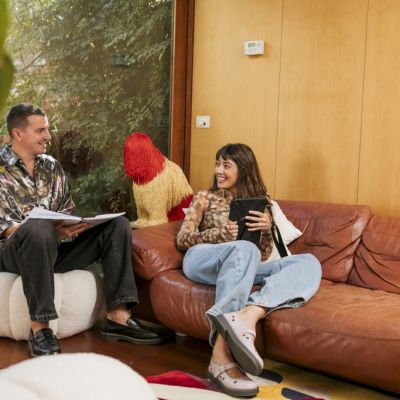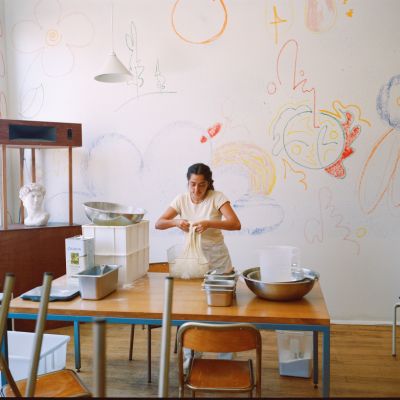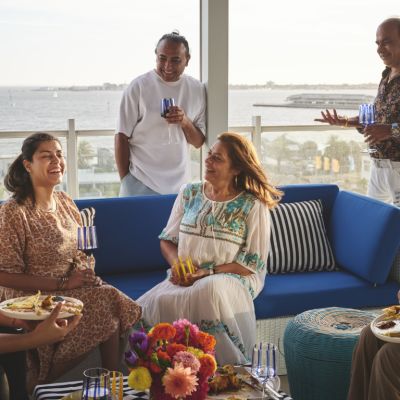Inside the vintage clothing-filled home of Melbourne artist Scotty So
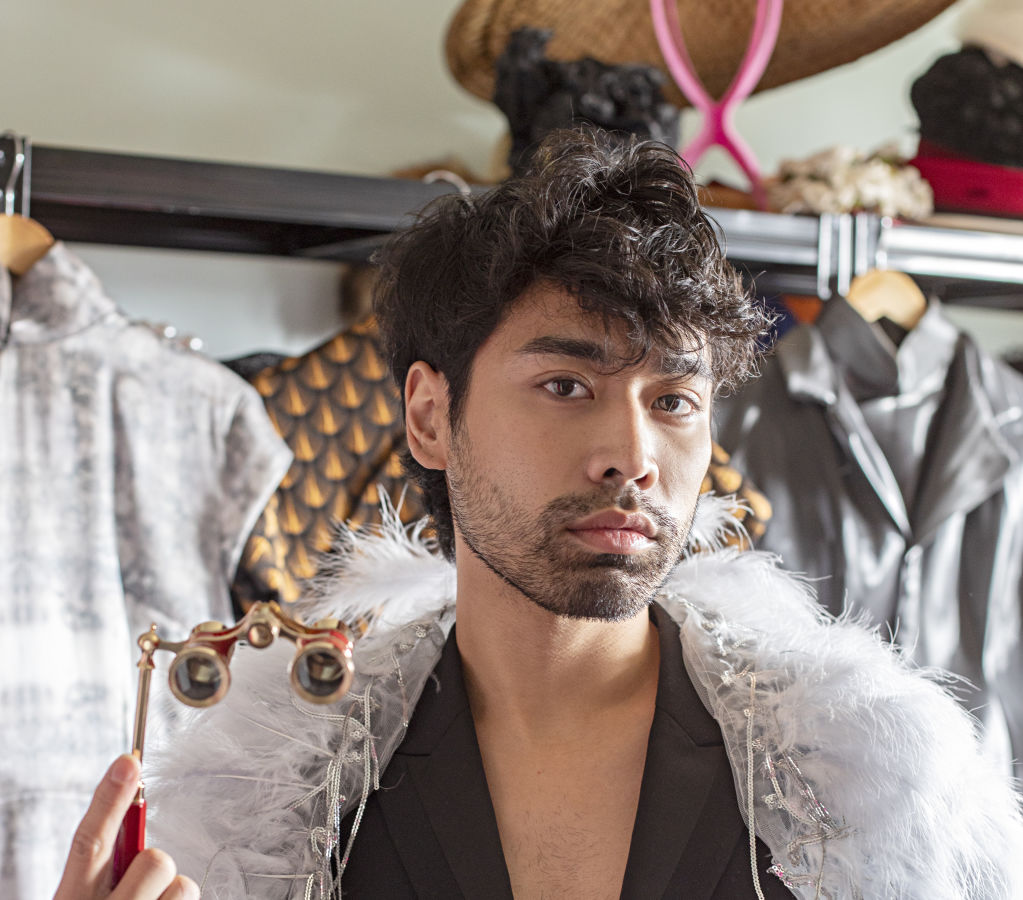
Scotty So still remembers the disappointment he felt as a boy in Hong Kong when he was excluded from part of the lead-up to a cousin’s wedding.
“My Chinese grandmother wanted her to wear her wedding cheongsam,” the artist tells Broadsheet. “The whole family, all the aunties and my cousin, went into my grandmother’s room to look at the dress. I really wanted to join them, but they were like, ‘Oh, it’s only for girls’.”
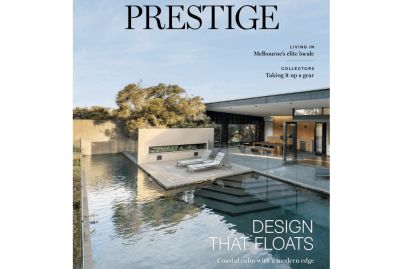

As it was, his cousin chose not to wear the traditional garment. “She thought it would make her look like a waitress in a Chinese restaurant.”
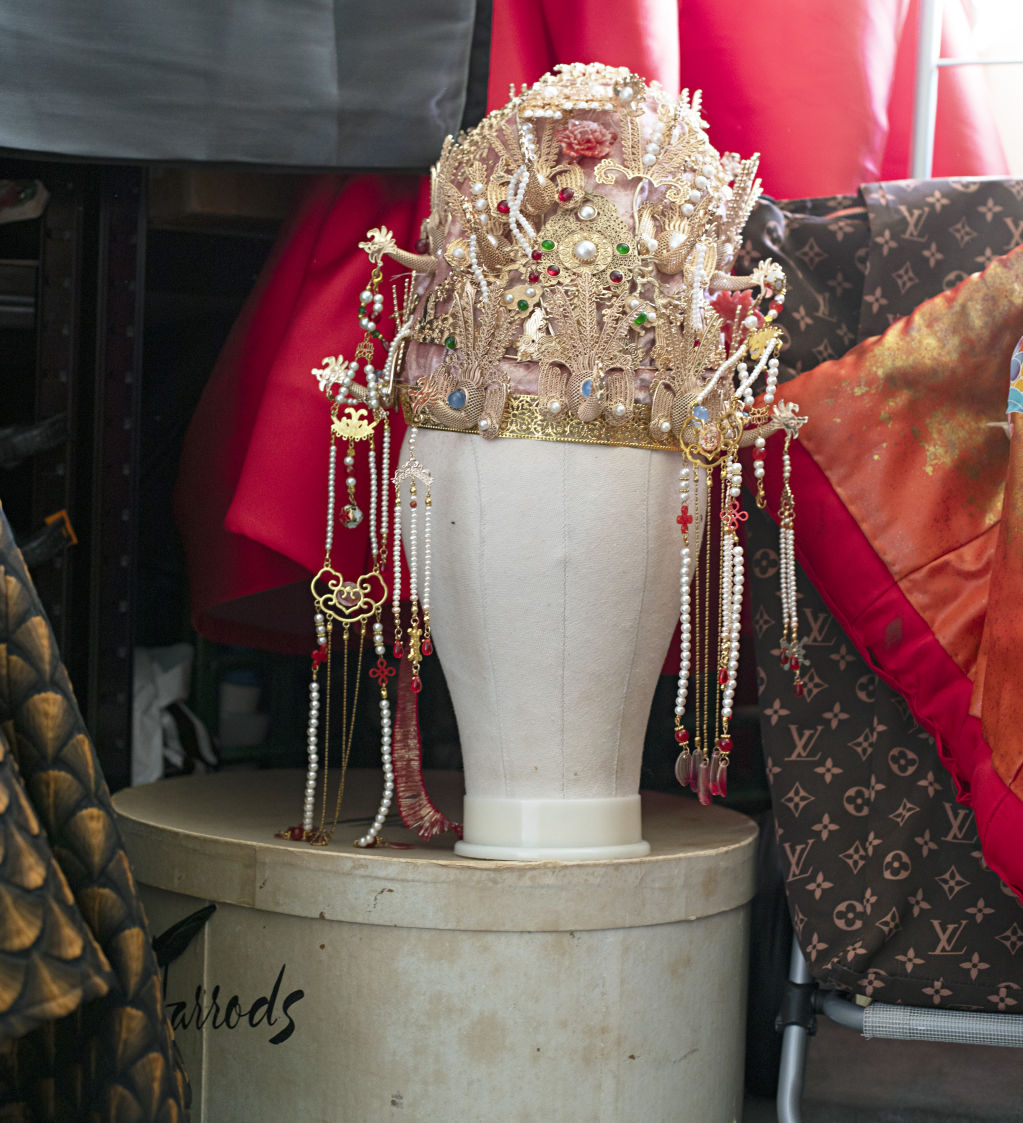
Last year, when So was back in Hong Kong on a visit, his grandmother finally showed him the dress.
“She could see I really appreciated it, with its hand stitching and construction that’s so different to mass-produced clothing.
“I told her I could donate it to a museum here, and she wants me to – she said no one else in the family would take it. I feel sad when I look at garments from other people’s families being sent to op shops – there’s so much story behind them.”
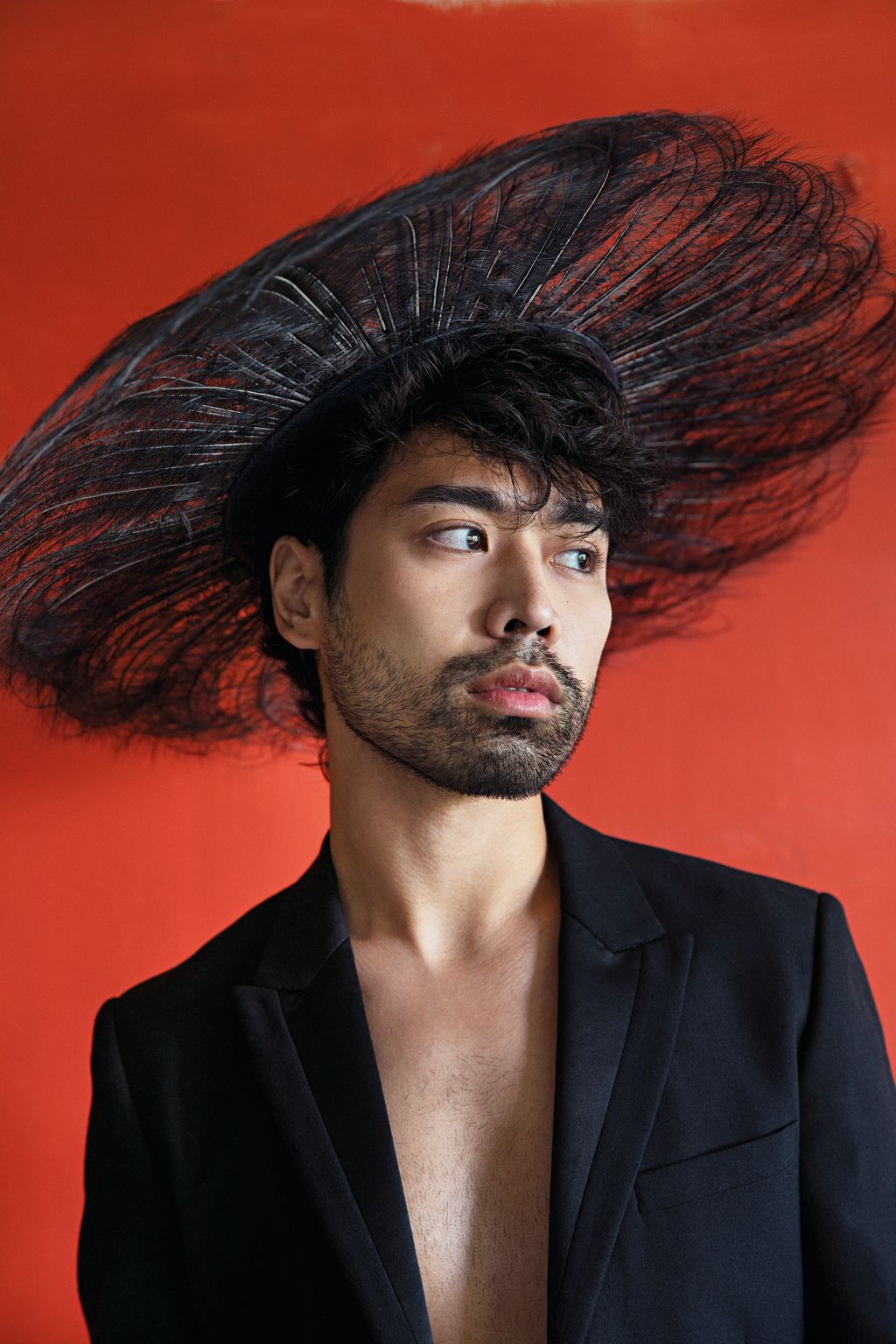
Story, in one way or another, is integral to So’s art practice. That could be in the form of his glamorous drag alter ego, Scarlett So Hung Son, who has made appearances everywhere from the Grand Prix gala to a trompe l’oeil billboard on the Hero Apartment Building on Russell Street.
“She’s what I dreamt of being when I was younger – she’s a way to create that In the Mood for Love authentic sort of beauty in real life. She’s a muse to me, but I am the muse as well.”
Equally, story can be found in +50, his recent Benalla Art Gallery exhibition featuring photographic portraits of 25-year-olds convincingly aged by 50 years, thanks to a combination of professional studio shots and AI.
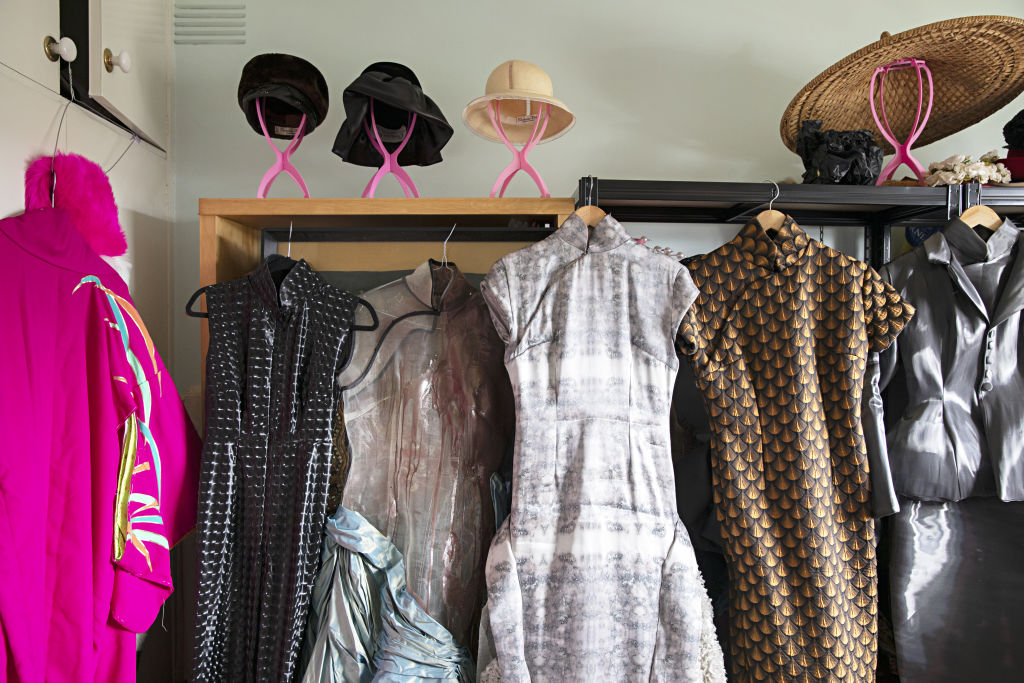
“One of the girls I photographed is from Thailand and she’s like a little sister to me in Melbourne. After I did the AI I sent it to her saying, ‘Oh my god, you look my Thai grandmother’. The next day, my mum called me and told me my grandmother had passed away that night. It felt like everything was connected in a way.”
A Stonnington local (or “Stunnington” as he sometimes calls it), So works across many mediums, including ceramics, painting, photography, sculpture, video, performance and installation art. “I get bored very easily, and am interested in different things all the time,” he says. “But there has to be a reason why a particular medium works for a concept.”
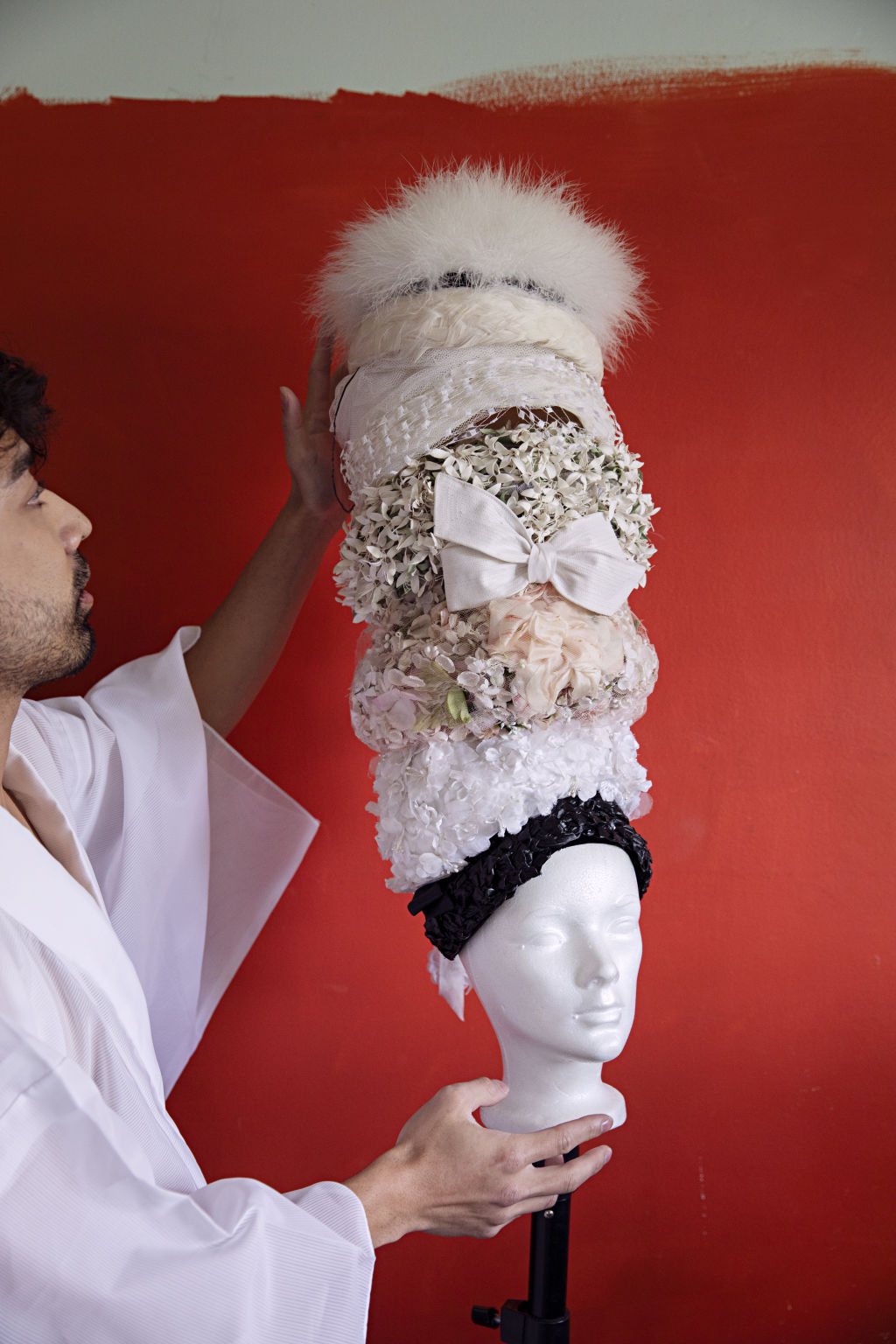
Apart from painting and drawing from the age of two, So’s creative path started at the age of 13 when his father gave him a camera.
“Photography’s in my family,” he says. “My dad used to take a lot of photos and so did my grandfather. The kinds of things I’d take photos of were really random – me squeezing an egg, my friends eating, lots of pictures from my window of buildings across the harbour or of the sky.”
His artistic side also developed in front of the TV watching his favourite show, America’s Next Top Model. “The theme every week for the photoshoot was unique and very creative,” he recalls. “They glamorised different issues with clothing, hair and make-up – it was a new way of thinking for me and got me into wanting to do something creative.”
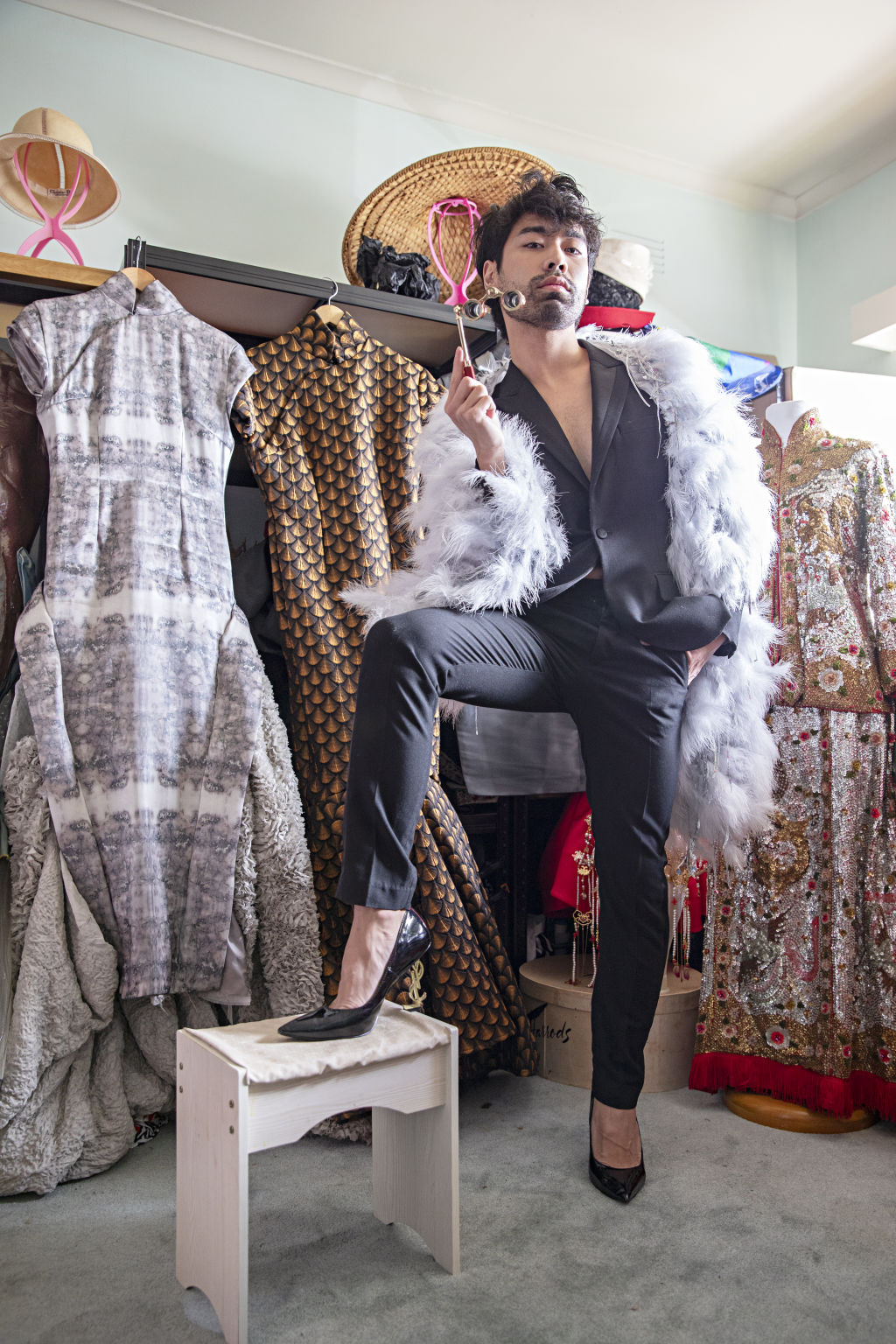
After doing part of his degree in Hong Kong, So moved to Melbourne six years ago to finish his studies, eventually gaining first-class honours at the Victorian College of the Arts.
One reason he moved was to escape the entrenched hierarchy he encountered back home, he says. “In Asian culture, you have to respect your elders and your teachers, which I do; but if they’re your teacher, you have to bow down to them – there’s not a lot of equal conversation.”
Soon after finishing his degree, and as his response to the Covid lockdowns, So produced photos of himself in drag during different historic eras, wearing masks and matching outfits. Alongside these were a series of porcelain face-coverings. The works featured in NGV’s Triennial 2021, and it was from that point, he says, that he started working full-time as an artist. “I met my gallerist Andy Dinan then, and also started having more attention from the industry.”
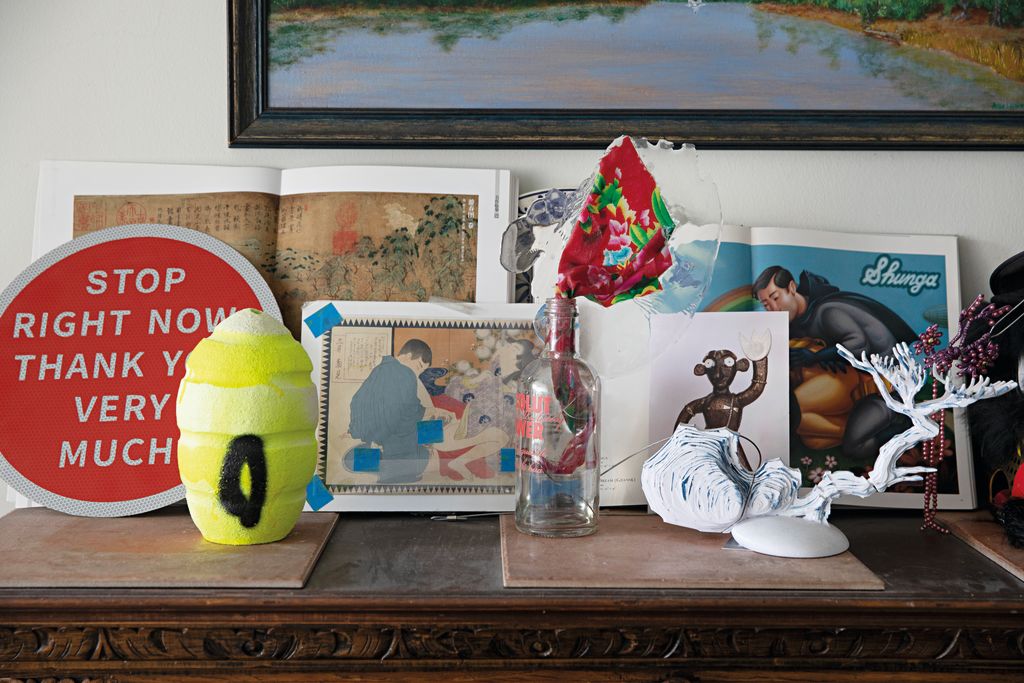
So had already started doing drag in Hong Kong but, again, found it quite restrictive.
“The owner of a bar there wanted me to do really poppy stuff, but I wanted to incorporate a vintage aesthetic and my interest in retro music and opera. Also, people in Hong Kong are not so understanding of drag. They were just saying, ‘Oh, that’s a lady boy’. There weren’t many positive reactions.”
In Melbourne, So has explored drag in often surprising ways. As a student, he made images of himself in a number of different guises – including as a Melbourne burlesque performer from the 1930s and as Hong Kong’s ex-chief executive Carrie Lam – and published them online. “I thought, ‘If I put them on Wikipedia, will people believe them?’”
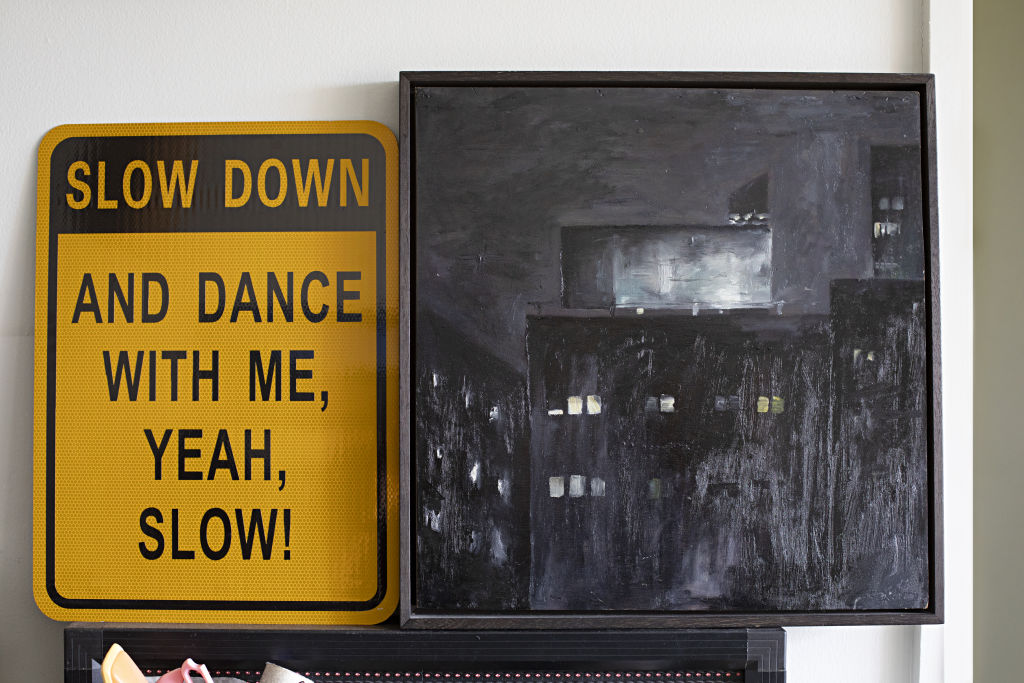
He soon found out when a friend in Italy saw the Carrie Lam photo in a newspaper story about the politician. His vintage burlesque photos were also so convincing that someone started reproducing them and selling them on eBay.
Many of his images have been taken down, but some are still floating out there. “I can’t reveal to you what they are,” he says with a laugh. He hesitates to call them fake. “It’s more like a different version of truth, because all of them come from a reference point that already existed.”
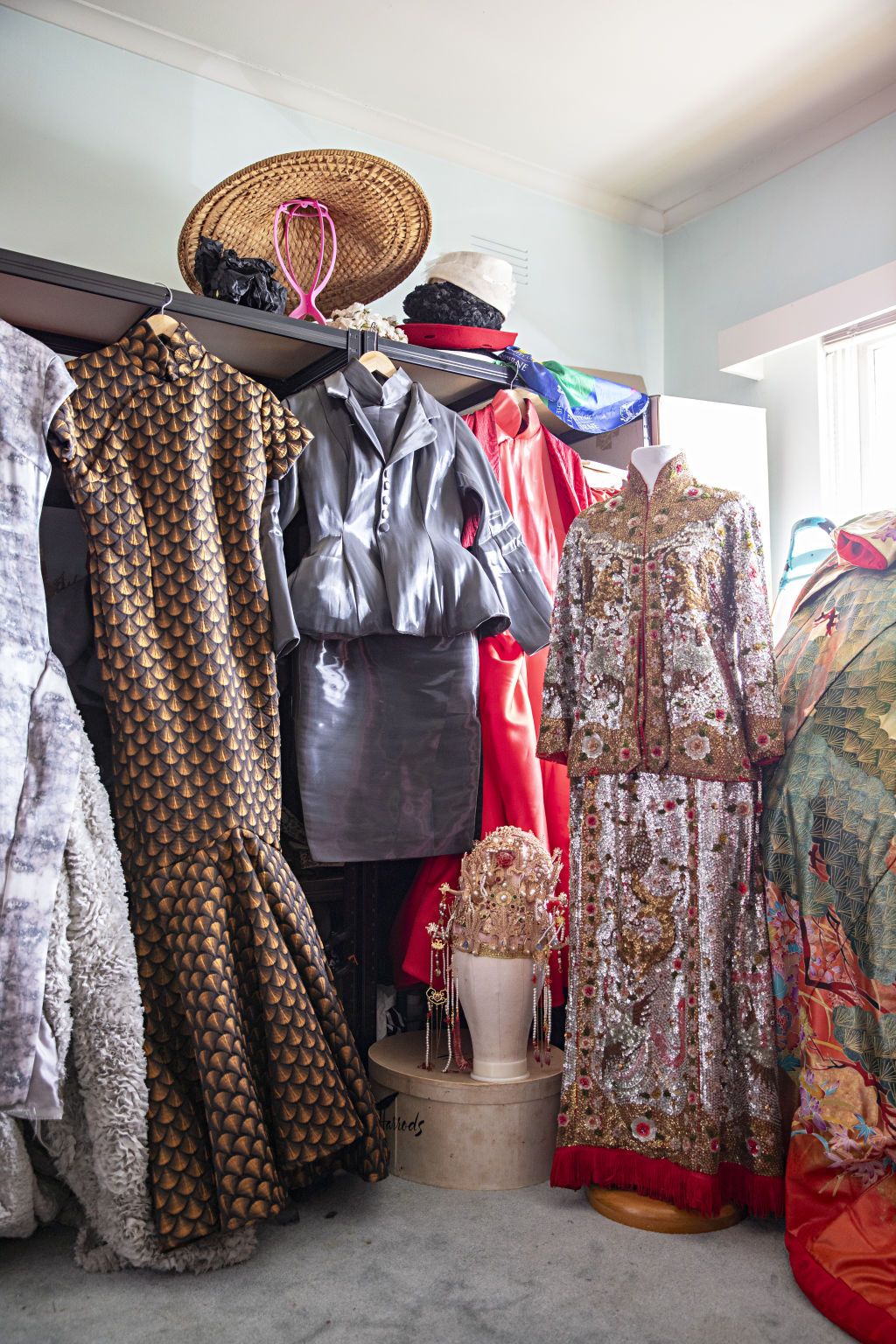
As far as clothing goes, So estimates he owns around “60 vintage and second-hand kimonos, 50 vintage hats, six or seven Diors from the ’50s and the ’60s, and more than 80 costumes for drag – that keeps growing, because if I have a red-carpet event, I really can’t wear the same clothes.”
He usually either makes his costumes – “I taught myself, sewing is basically sculpture” – or has a tailor friend in Hong Kong make them. He also goes online to buy vintage, and occasionally finds pieces in op shops. All are kept in his second bedroom, with the kimonos folded in the traditional way and stored in washi paper.
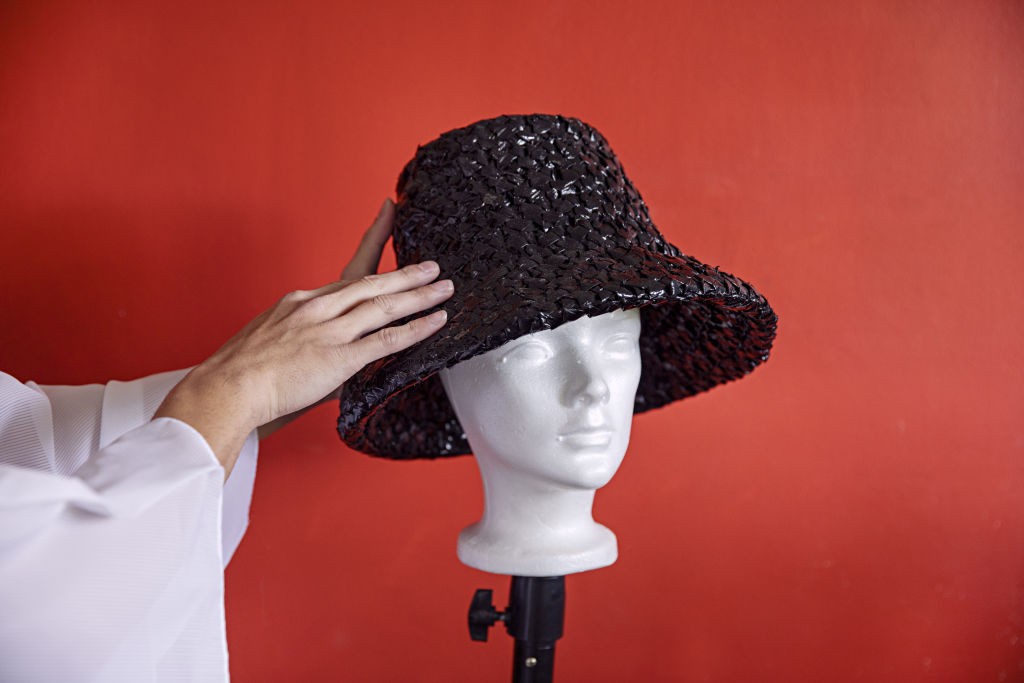
A lot of So’s artwork, he says, is driven by the “thrill of camp. To me, campness comes from being serious and sincere in doing something silly, without even noticing it being silly. I see some of my work being camp and some not camp.”
In the Triennial show, for instance, one porcelain mask, a respirator, is cast in a material far too fragile to be usable.“And the filter of the respirator is actually an incense holder, so smoke comes out from it, which is totally the opposite of how it should be. At the same time, it’s very sincere because it talks about Covid and talks about racism in some way.”
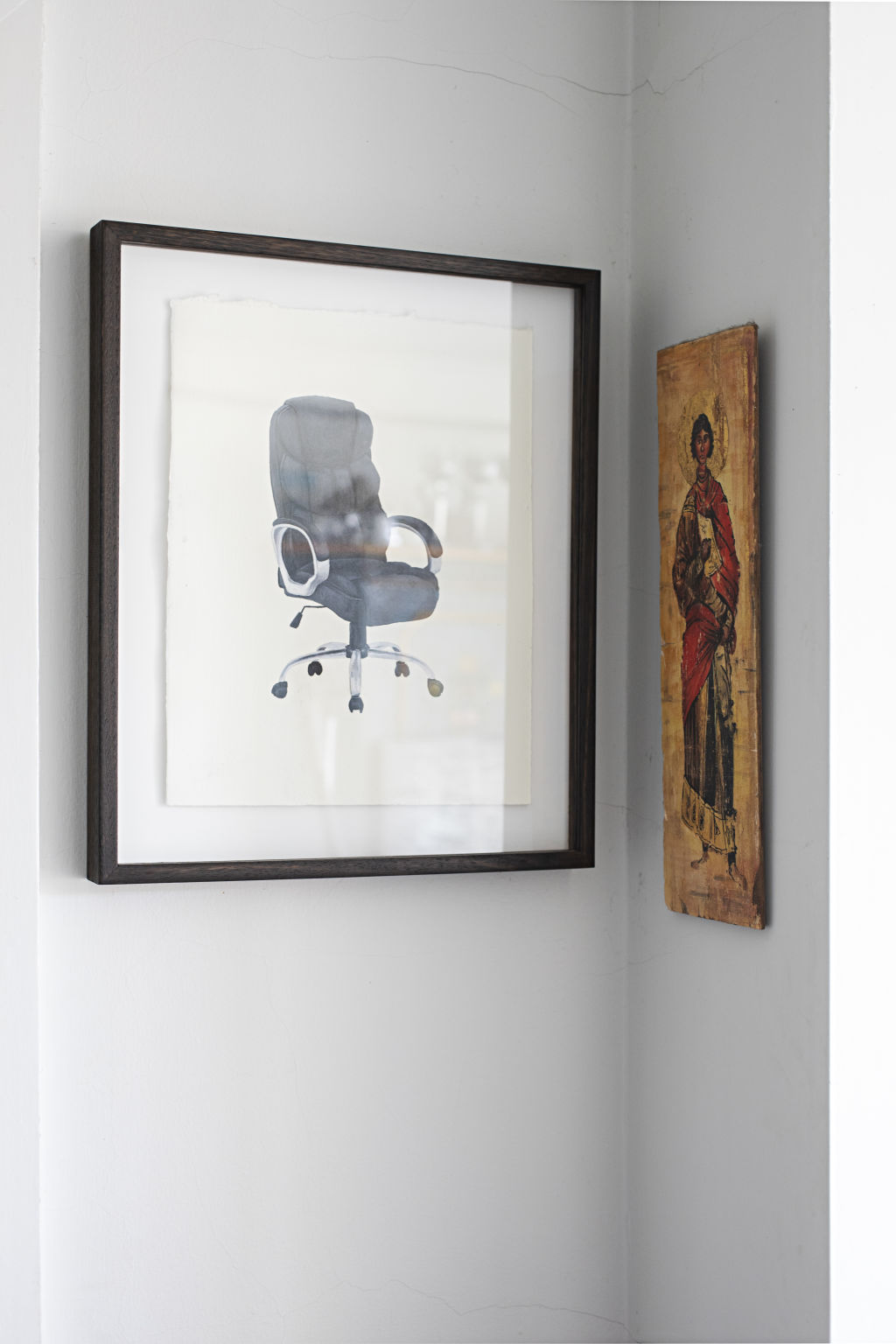
Camp too is video of So lip syncing to Edward Elgar’s Cello Concerto in E Minor, which is hilarious, but also, he has said, “highlights the absurdity of the male hero and tragic female in classical music. When I do that work at a gallery, people pay too much attention to it and go quiet, but when I do it at a club everyone just laughs very loudly, because it’s really stupid.”
The seriousness of his work often comes from the research involved. Recently, as a way of making sense of his place in Australia, So’s been visiting local museum and gallery archives, to see if their collections contain garments worn by earlier generations of Chinese immigrants.
“I see myself as first-generation Asian-Australian because I don’t have any family in Australia,” he says. “Some of my experiences are the same as the people before me would have had … I feel I have a responsibility to talk about that culture.”
This article first appeared in Domain Review, in partnership with Broadsheet.
We recommend
States
Capital Cities
Capital Cities - Rentals
Popular Areas
Allhomes
More
